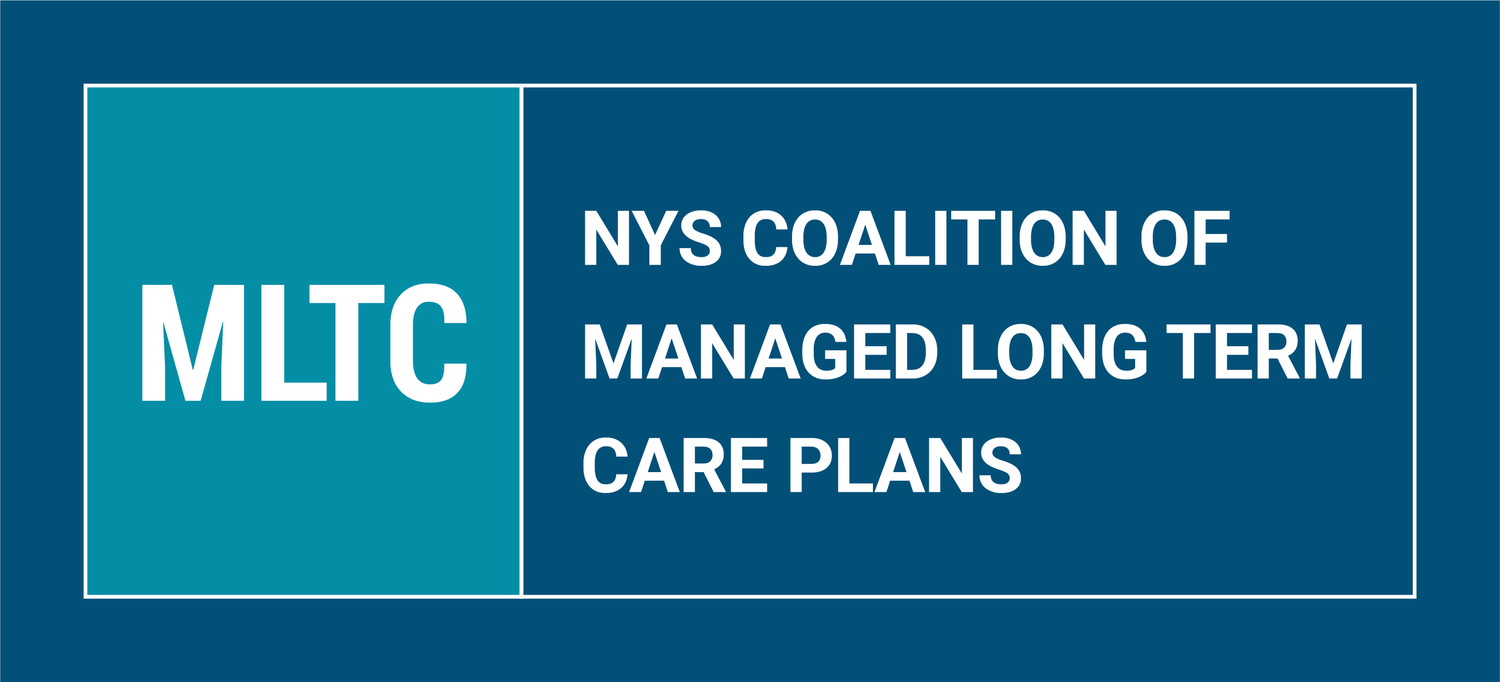
PROTECT & PRESERVE
New York’s Medicaid Managed Long Term Care Program
Who is the New York State Coalition of Managed Long Term Care Plans (NYS MLTC Coalition)?
We care for New York State’s most vulnerable residents. We are a coalition of Medicaid Managed Long Term Care (MLTC) plans that specialize in providing community-based long term care services and supports across the state to nearly 280,000 Medicaid members who are older adults or have disabilities. These services are essential to allowing elderly or disabled New Yorkers to live as safely and independently as possible in the community of their choice.
At a time when New York’s population is rapidly aging and the state is developing a balanced budget, Albany must preserve and protect New York State’s Medicaid Managed Long Term Care (MLTC) program.
The best place for older people and people with disabilities to get the care they need is in their own home and community.
-

Keeping People Safe
MLTC plans ensure that members receive the community-based long term care services they need to live as independently and safely as possible in the community of their choice. MLTC plans worked fervently to ensure members had the necessary supports to remain at home and avoid institutionalization during the COVID-19 pandemic.
-

Providing Personalized Care
Members work closely with their MLTC care managers to create a personalized care plan that meets their individual needs, such as help with daily activities (e.g., bathing, getting dressed, grocery shopping) and coordination of doctor’s visits and other medical needs. Home care workers also serve as a constant source of care and support for MLTC members.
-

Building Resilient Infrastructure
During the COVID-19 public health emergency, MLTC plans built resilient systems to safeguard our most vulnerable populations against the virus, including advancing vaccination efforts and supporting pandemic recovery. Those systems play a vital role and help protect the populations we serve from the flu, RSV and other risks.
MLTC Plans are an essential option for Medicaid members who are aging or have disabilities.
-

Better Health Outcomes
Allowing individuals to remain in their homes has been clinically proven to achieve better outcomes for members’ mental and physical well-being. Aging in place also helps members maintain their independence and preserves their access to friends and loved ones.
-

Cost Savings
Providing community-based long term care services for Medicaid members who are aging or have disabilities through the managed model costs significantly less than institutional care.
-

Member Satisfaction
90% of MLTC members maintained or improved their activities of daily living, according to a 2019 MLTC program quality performance report, and nearly 90% of members rated their MLTC plan as good/excellent in response to a 2021 MLTC member satisfaction survey.
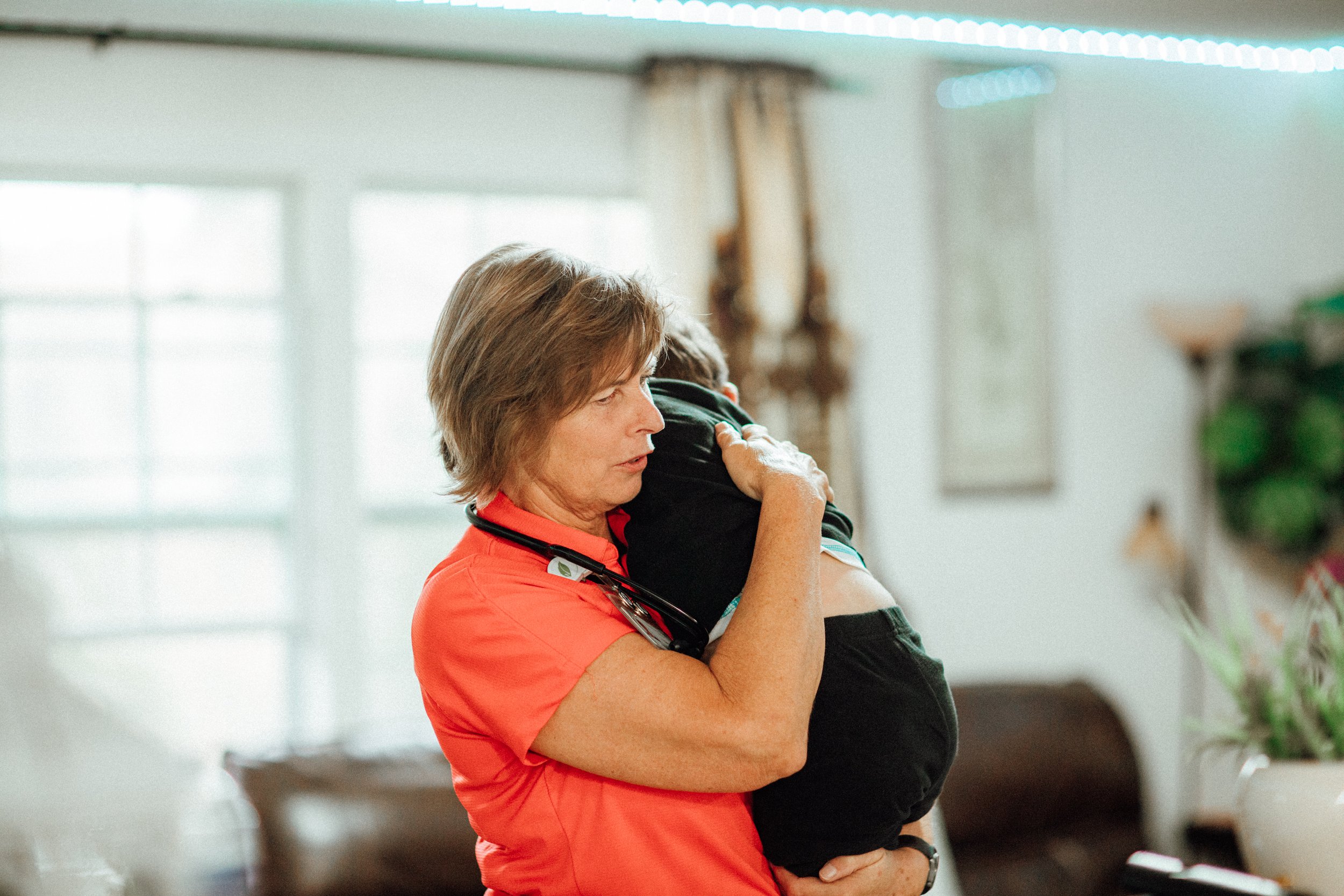
What is MLTC?
MLTC Plans are a lifeline for New York’s most vulnerable residents, serving as an essential resource to the health and wellbeing for MLTC plan members. MLTC plans are funded by Medicaid to manage and coordinate all aspects of member care, ensuring their health and personal care needs are met in a tailored way that allows them to live as independently and safely as possible in the community of their choice.
MLTC serves as a lifeline for vulnerable New Yorkers.
MLTC plans offer autonomy and choice. Allowing individuals to remain in their homes helps members maintain their independence and preserves their access to friends and loved ones. Aging in place has also been clinically proven to achieve better outcomes for members’ mental and physical wellbeing.
Access to community-based long-term care is critical for a state with one of the oldest populations in the country and a steadily increasing number of residents who are aging or have disabilities.
The MLTC program has helped New Yorkers avoid institutionalization, contributing to a 16% decrease in New York’s nursing home census from 104,965 in 2015 to 87,642 in 2021.
Jonathan A
Nearly 20 years ago, Jonathan was the innocent victim of a drive-by shooting. In an instant, the 29-year-old went from being an independent, fully employed father who loved playing catch with his 8-year-old son to a person with quadriplegia who was dependent on others for his daily needs. After being discharged from rehab, Jonathan was determined not to let his condition defeat him. For the next 18 years, his caregiver, Mona, dedicated herself to ensuring that Jonathan received the care and support necessary for him to remain safely at home, including 24-hour support. Additionally, Mona coordinated with Jonathan’s physicians to ensure that his prescriptions were filled and that he received necessary care. Over time, Mona began to think of Jonathan as her son — and the feeling was mutual. “Without HomeFirst, I don’t know where I’d be,” Jonathan said. “I’d probably be dead.”
— Elderplan/HomeFirst
New Yorkers are happy with their MLTC plan.
Both the state Department of Health and the tens of thousands of members give the MLTC program high marks for quality and member and family satisfaction. Nearly 90% of members rated their MLTC plan as good/excellent in response to a 2021 MLTC member satisfaction survey.
-

of members rated their plan as good or excellent
-

of members had no falls resulting in injury in the past 90 days
-

of members maintained or improved their activities of daily living
-

of members maintained or improved urinary continence
Our Members
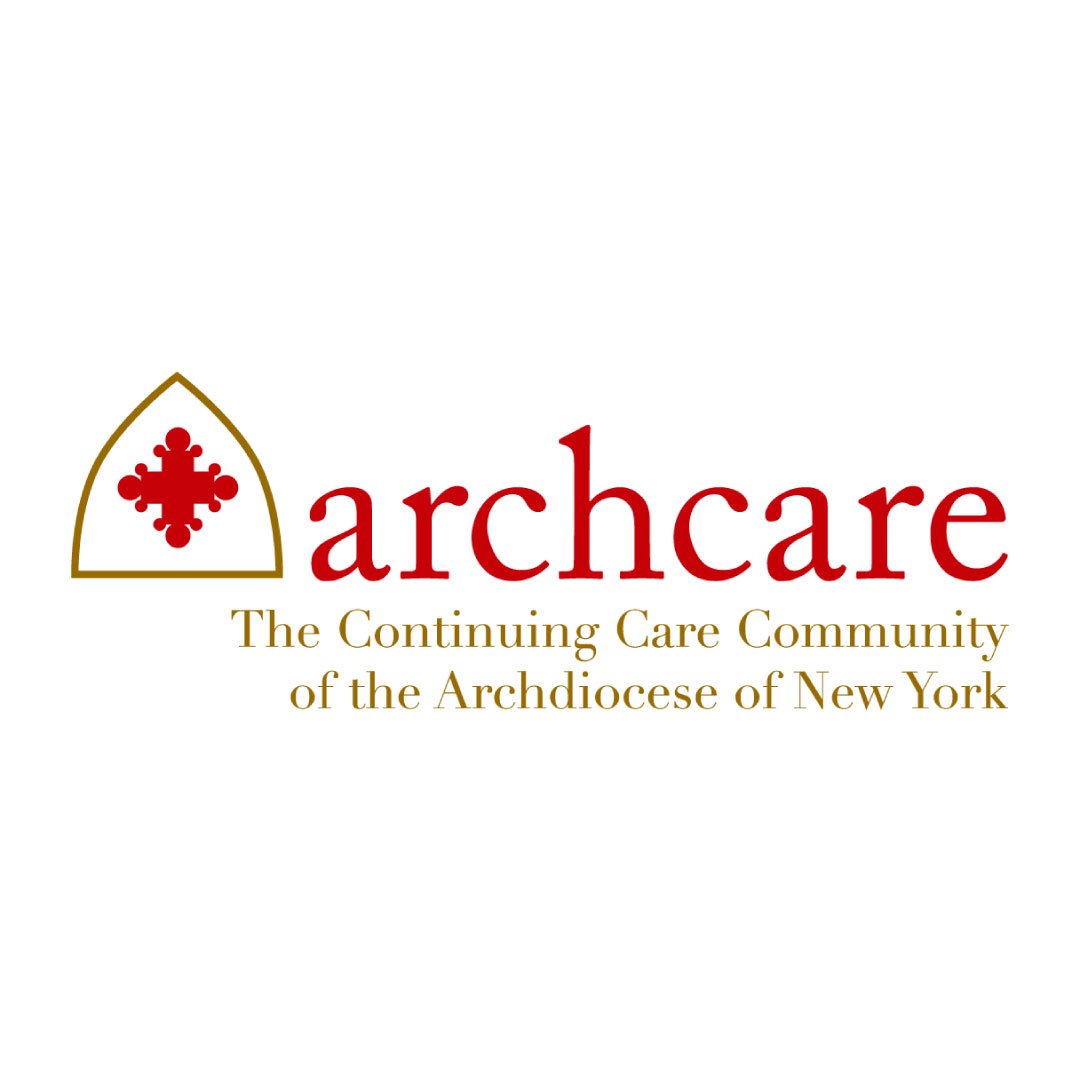
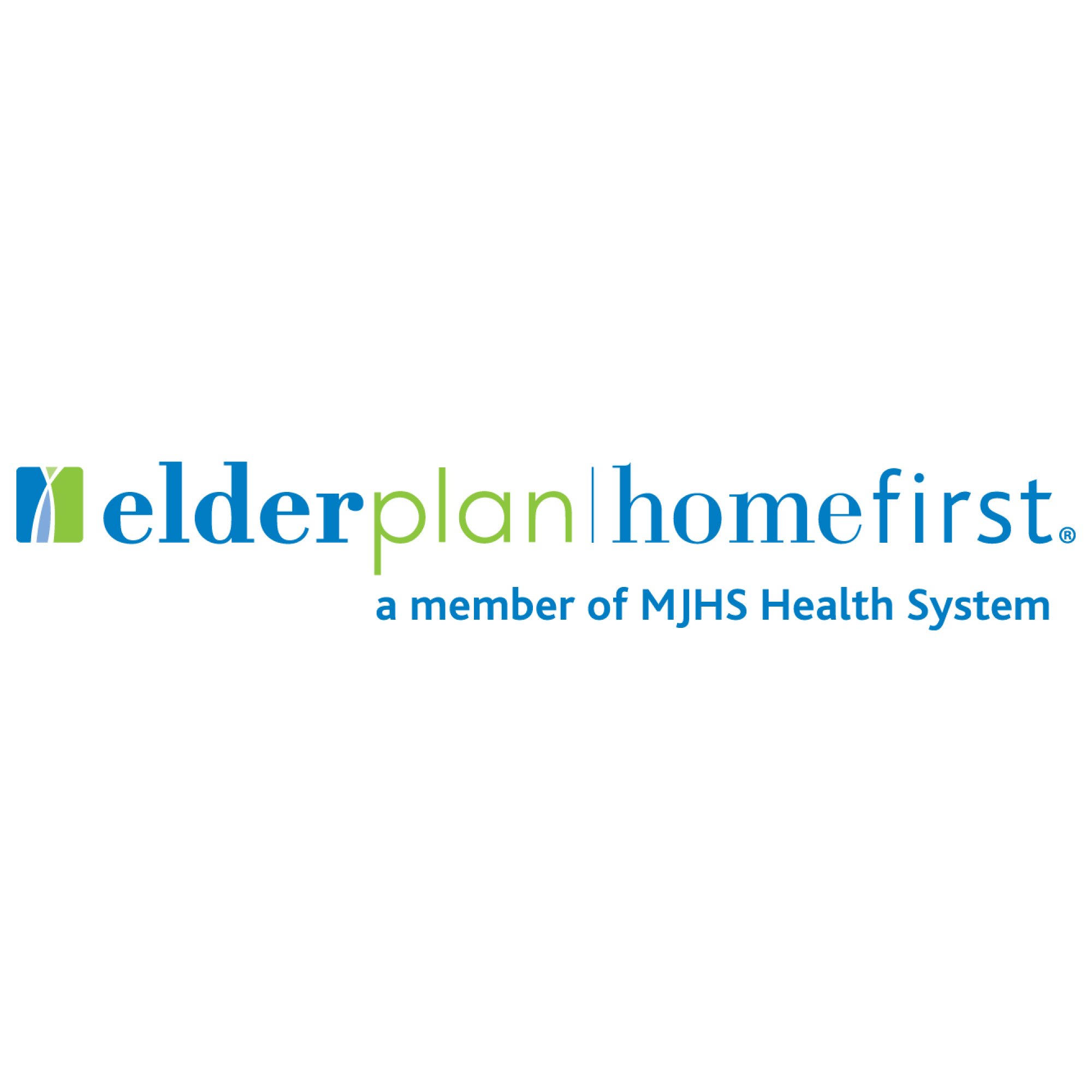


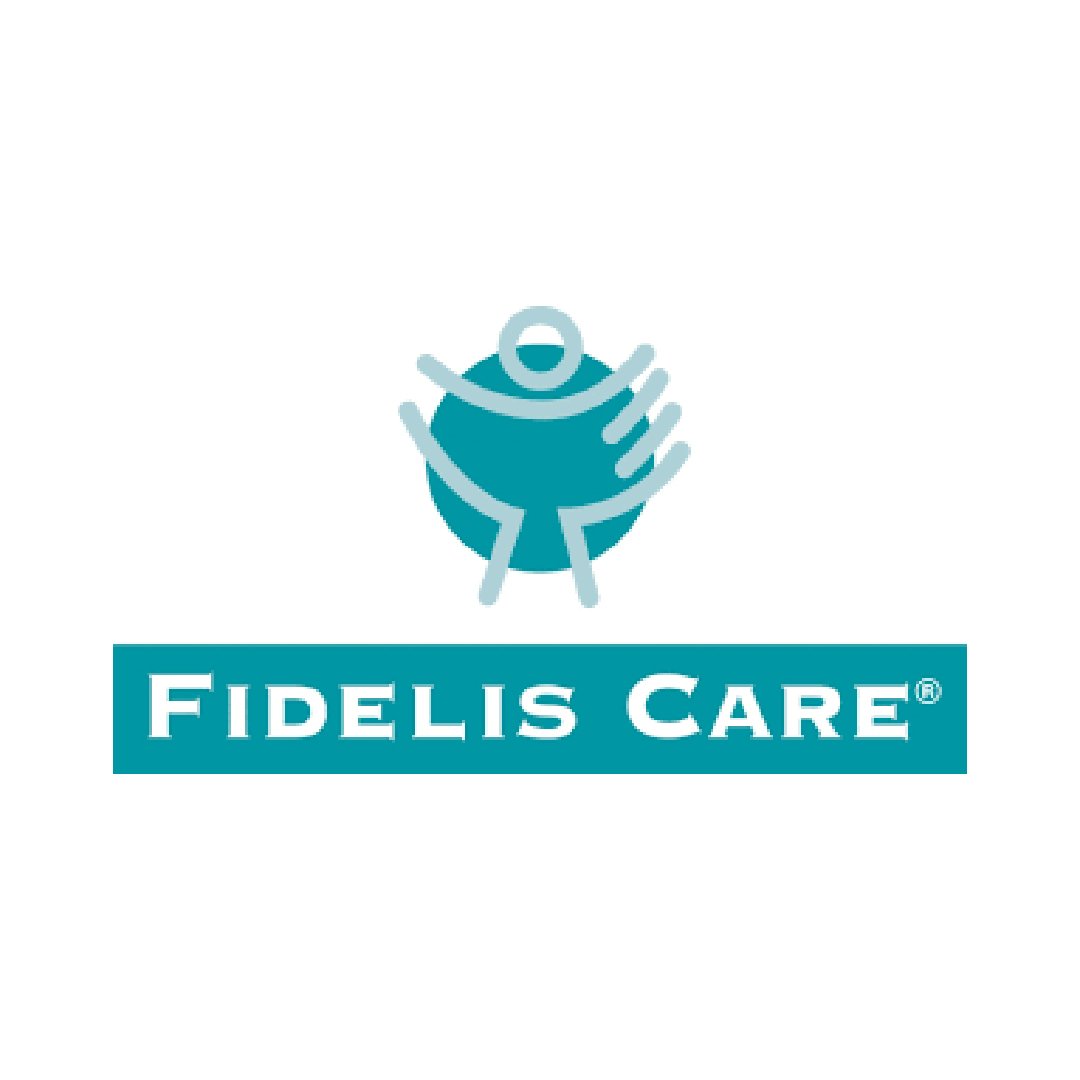


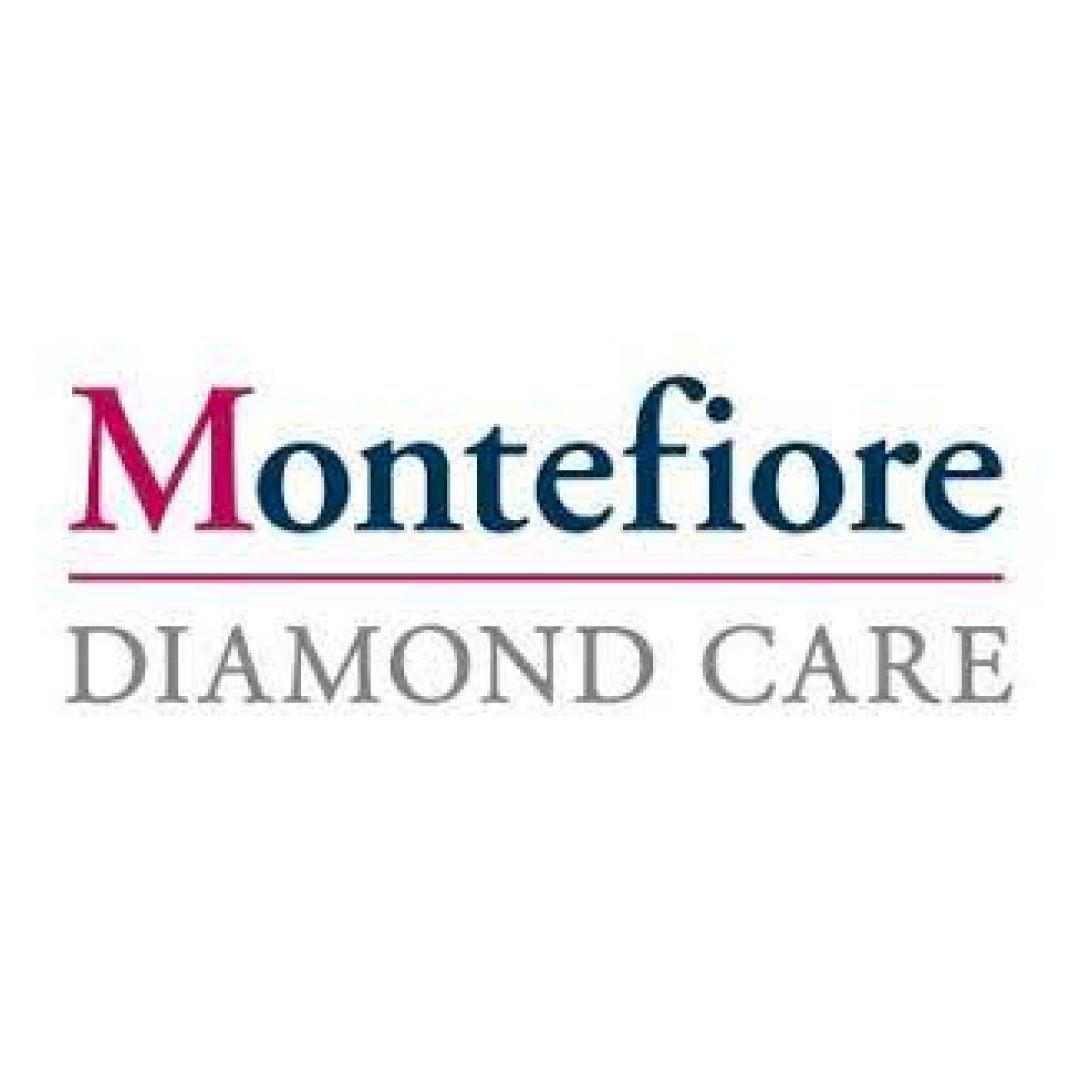






Issues
We Need to Preserve and Protect New York’s MLTC Program
Medicaid funding is chronically at risk of being slashed. New state directives are often confusing, poorly communicated, and interfere with the relationship between the plan and the patient. These challenges pose risks to members and have the potential to disrupt the delivery of care.
Preserve and Protect MLTC
Whenever budgets get tight, politicians look to Medicaid spending for cuts. Now New York's cloudy fiscal outlook adds an additional sense of urgency as the state faces major budget gaps in the coming years. After adjusting the program last year, it is crucial for Albany to avoid raiding the MLTC program to balance the budget or pushing for more disruptive changes that could undermine care options for vulnerable New Yorkers. Now is not the time to undermine this vital program.
The state must ensure adequate rates and prevent cuts that would threaten members’ access to services and provider reimbursement.
Protect Quality
The MLTC Quality Incentive Program (QIP) serves as a powerful tool for driving quality and value in the Medicaid program. Currently, New York authorizes the QIP through allocation of funding in the budget, subject to negotiations and the uncertainties of that annual process. This means that each year, MLTC plans do not know whether there will be funding available or how much there will be to pay for critical programs. The QIP must be funded sustainably to ensure that MLTC plans have the funding they need to support essential programs.
Ensure Adequate MLTC Rates
Adequate Medicaid rates are critical to a high-quality, high-value Medicaid program. In what is anticipated to be a challenging Medicaid budget in FY25, it is imperative to ensure adequate Medicaid funding for long term care programs in Medicaid, including MLTC.
Expedite Guidance
Stronger guidance from New York State will help plans and providers meet timelines for implementation.
